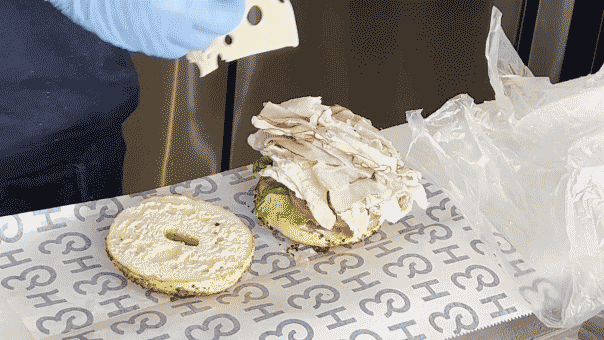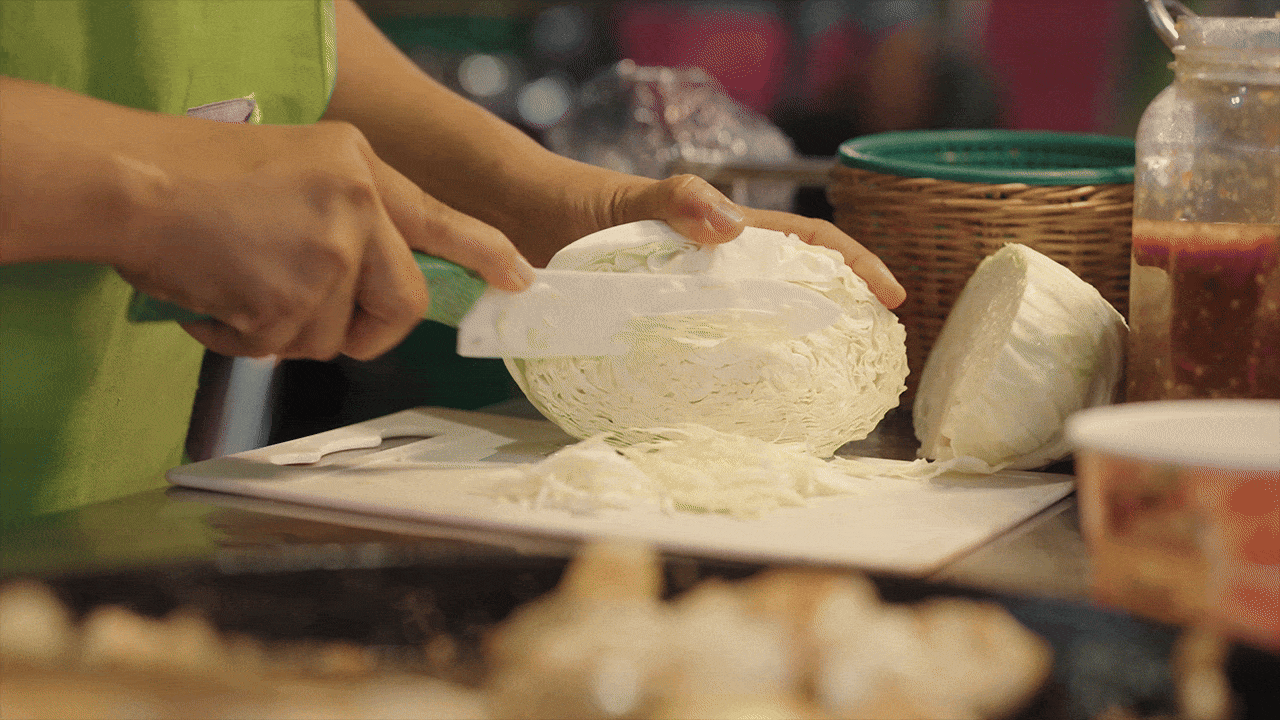When workers and children around the world sit down to eat lunch, many open a lunchbox and dig in with chopsticks, forks and knives, a spoon, or their hands. Others reach for quick and easy meals on the go.
While lunchtime has traditionally been a leisurely affair in many parts of the world, more and more people are not sitting down for a lengthy midday meal on a regular basis. Instead, many have turned to fast food and instant lunches, though there are still pockets of the world where eating a home-cooked meal, whether packed and eaten at work or consumed at home, is still a time-honored tradition.
The Daily Meal has eaten its fair share of lunches at restaurants, storefronts, train stations, airports, and homes around the world.
From elaborate edible art carefully placed in colorful, plastic bento boxes in Japan to a comforting bowl of fiery ema datshi in Bhutan to crispy fish and chips in the U.K., these lunches from around the world are sure to inspire noontime lunch cravings.
Check out these lunches from around the world.
Bánh Mì (Vietnam)
The bánh mì is based on the Parisian ham and pâté baguette sandwich, which was brought to the streets of Vietnam in the early 20th century during the French colonial period. The quintessential Vietnamese street vendor staple, the bánh mì, is a crusty French-style baguette stuffed with home-cured meats like pork belly or pork liver pâté, cilantro, pickled cucumber, carrot and daikon, chile peppers, and mayonnaise. Street vendors from Hanoi to Ho Chi Minh City sell the ubiquitous sandwiches, which have been a favored lunch for decades.
Fish and Chips (United Kingdom)
While fish and chips has become synonymous with the U.K., the origin of this mainstay of more than 150 years is not so "British." The chips, or french fries, originated in France or Belgium, and fried fish was introduced to Britain by Portugal and Spain, according to the BBC. Enterprising Brits decided to serve battered cod or haddock and chips together in the mid-1800s. Traditional fish and chips were wrapped in old newspaper to save money, but nowadays grease-proof paper is put between the greasy snack and the newspaper, or specially designed paper with faux newspaper print is used. Fish and chips is such a treasured treat in Britain that it was one of the few foods that was not rationed during World War II. Fish and chips is served with salt and vinegar, tartar sauce, or ketchup, and sometimes a side of mushy peas.
Shawarma (Turkey)
A staple of street-side vendors and small shop owners, shawarma is an inexpensive fast-food meal found throughout the Middle East. Lamb, chicken, or other meats are stacked with layers of fat and placed on a vertical spit and grilled for hours. Once ready, vendors shave slices of the tender meat onto pita and pile on a variety of toppings like cucumbers, tomato, onion, pickled turnip, toum, tabbouleh, fattoush, tahini, or hummus. Some vendors also stuff french fries into the shawarma.
Cemita (Mexico)
Hailing from Puebla, Mexico, the cemita is a sandwich stacked high with layers of avocado, meat, panela (a white, smooth, bland cheese), pickled onions, and salsa, all sandwiched between a fluffy sesame-seed egg roll. The meat inside cemitas varies from beef milanesa (pounded, breaded, and fried beef) to pickled pig skin or carnitas. Street vendors, markets, and restaurants serve the popular sandwich.
Bocadillo de Tortilla de Patata (Spain)
Cafés and tapas bars across Spain serve bocadillos, or sandwiches served on crusty and airy Spanish bread that is similar to a French baguette. There are many varieties of bocadillos, including bocadillo de tortilla de patata and bocadillo de jamón. The tortilla de patata features a thick egg omelette stuffed with potatoes that is fried in olive oil, and the bocadillo de jamón is stuffed with serrano ham and manchego cheese, a firm cheese made from sheep’s milk.
Bento Box (Japan)
While bento box lunches are often seen on menus at Japanese restaurants worldwide, traditional bento boxes are served in disposable, compartmentalized boxes or in plastic or lacquer square or rectangular containers. Some are wrapped in cloth, which acts not only as a bag but also as a placemat. While Japanese restaurants in the U.S. have bento lunches that can include white rice, teriyaki meat, and sushi, or tempura, vegetables, a California roll, soup, and salad served in a compartmentalized tray, traditional bento boxes served at restaurants and train stations in Japan are simple, small lunches featuring white rice, meat or fish like broiled salmon, and one or more pickled vegetables.
Bento boxes are also often prepared at home, and making one’s own bento is a high art in Japan. Some bento boxes have stackable compartments and feature cartoon characters like Hello Kitty. Elaborately made bento boxes, in which the food is arranged to look like Japanese cartoon characters, are known as kyaraben, and many parents in Japan spend hours creating edible art for their children or themselves to enjoy at lunchtime.
Dosirak (Korea)
Dosirak are packed lunches served in plastic or wooden containers with or without compartments. Though dosirak are usually homemade, some restaurants serve them, appealing to those feeling nostalgic for their youth. Dosirak contain hot or cold meals like meat, vegetables, rice, and other side items like gochujang (a fermented, red chile condiment), dried seaweed, and egg, which are crammed together and sometimes shaken prior to eating to equally distribute the contents.
Tiffin (India)
Dating back to the days of British colonialism, tiffins are homemade lunches placed in stackable, cylindrical aluminum containers fastened with a handle. Tiffins are most popular in Mumbai and are often eaten by workers and schoolchildren. Most tiffin lunches are made at home and then delivered to workplaces and schools by dabba-wallahs, messengers who travel by train and bicycle to deliver the meals. Some catering companies also sell commercially prepared tiffin lunches. Each metal tiffin has a set of numbers and colors painted on it to denote its destination. The elaborate delivery system is so accurate that rarely does one of the hundreds of thousands of tiffins that traverse Mumbai’s streets go missing or arrive late.
Tiffins contain Indian meals like rotis, chapatis, dosas, and curries, along with rice, dhal, and other traditional treats. Once the lunches are eaten, the used tiffins are picked up and delivered back home.
See more of what the world eats for lunch here
More from The Daily Meal
37 Fantastic Fall Getaways
Hot Tables: Best New Restaurants of 2012
101 Best Hotel Restaurants Around the World
10 Tips to Save Money on Your Next family Vacation








































